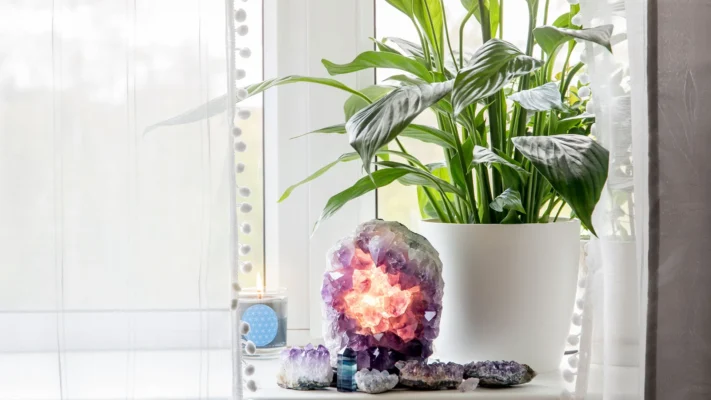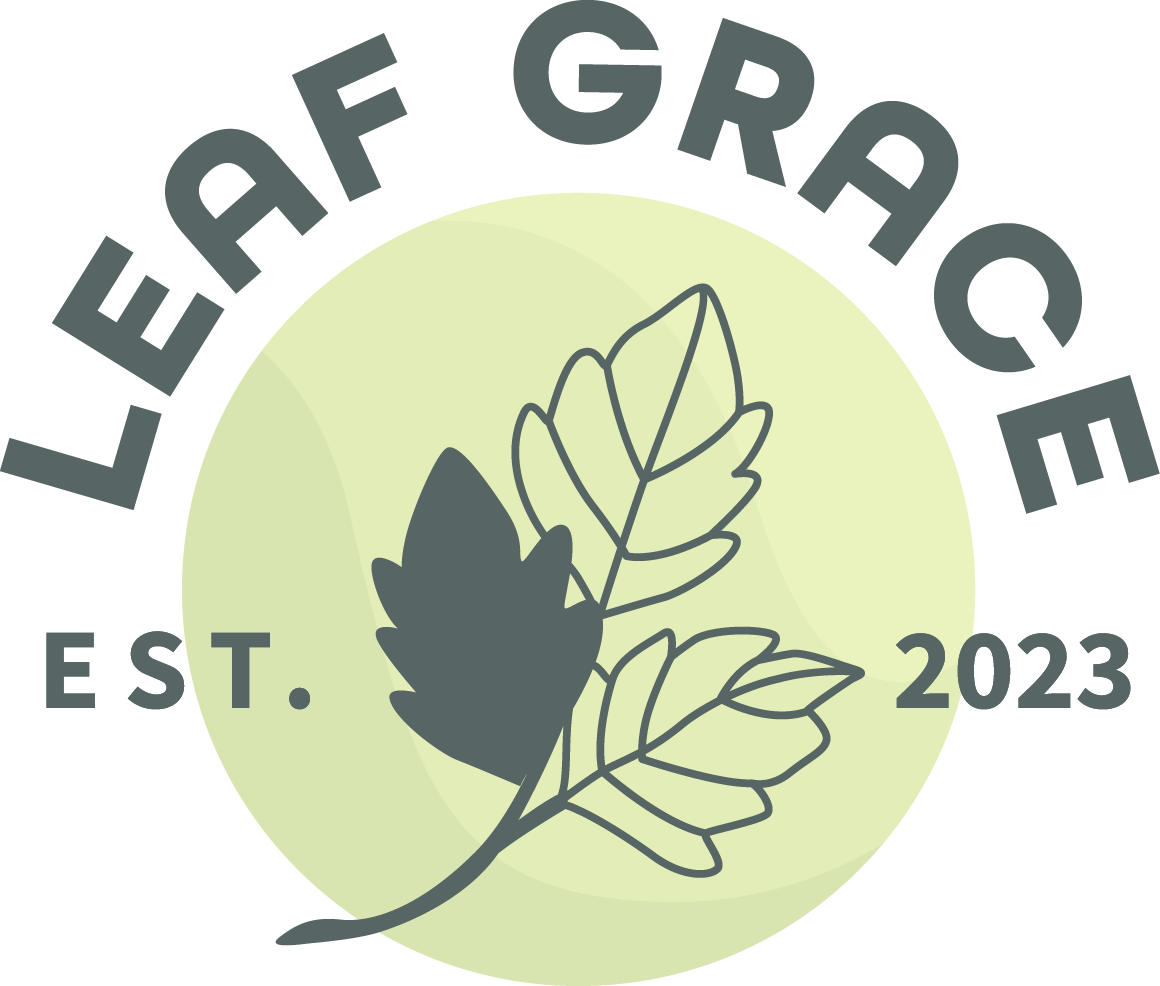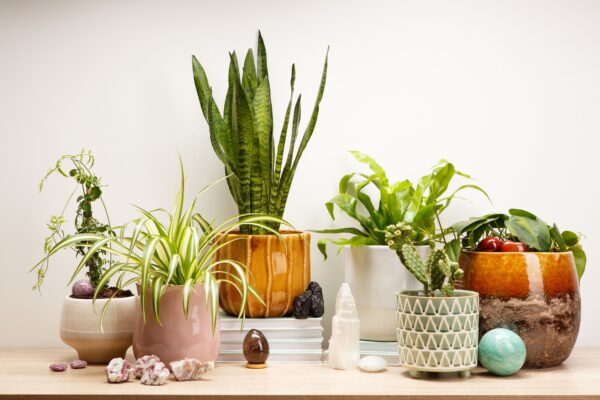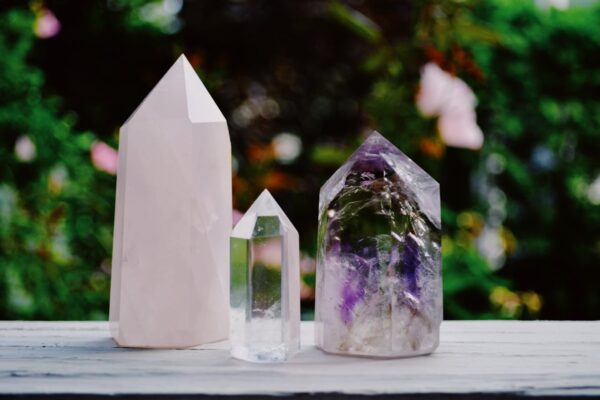In the lush world of indoor gardening, the integration of crystals with houseplant care has sparked both curiosity and skepticism among plant enthusiasts. This article delves into the mystical and somewhat controversial practice of using crystals to enhance the growth and well-being of houseplants, examining the blend of anecdotal beliefs and scientific evidence to offer a comprehensive view.
World of Crystals: Exploring Their Potential Role in Houseplant Care
Understanding the History and Beliefs Surrounding Crystal Use for Plants
The use of crystals in conjunction with plant care is not a new concept; it dates back to ancient civilizations that believed in the Earth’s energies and their influence on living things. Amethyst, quartz, and rose quartz are often touted for their supposed abilities to provide benefits ranging from growth enhancement to stress reduction in plants.
Delving into the Scientific Evidence: Exploring the Impact on Plant Growth
Despite widespread anecdotal reports of crystals benefiting plant health and growth, scientific research on this topic remains scant. Some studies suggest that the presence of crystals in planting mediums can affect water retention and light reflection, potentially influencing plant growth indirectly. However, these effects are often subtle and not well-documented in rigorous scientific literature.
Crystal Types and Their Proposed Effects on Plants
Different crystals are believed to offer various benefits:
- Clear Quartz is said to enhance overall plant vitality and growth.
- Amethyst is believed to support plant health by improving soil quality.
- Rose Quartz supposedly fosters a nurturing growing environment with its soothing energies.
Practical Considerations: How to Use Crystals for Houseplant Care

Selecting the Right Crystal Types for Your Plants
Choosing crystals for houseplant care should be done with consideration for both the type of plant and the specific needs it has. For example, succulents thriving in dry conditions might benefit from crystals like selenite, which is associated with purity and clarity, while moisture-loving ferns might be paired with moss agate, known for its connection to Earth and growth.
Determining the Optimal Placement of Crystals for Maximum Impact
The placement of crystals within the soil, on top near the roots, or around the plant pot can affect their potential impact. Experimenting with different placements can help determine the most effective configuration for your specific plants and their environment.
Integrating Crystal Use with Other Essential Plant Care Practices
While experimenting with crystals, it’s crucial to maintain all other aspects of plant care, including proper watering, lighting, and soil management. Those should be viewed as a potential supplementary aid rather than a replacement for traditional care methods.
Addressing Potential Risks and Misconceptions: A Balanced Perspective
Recognizing the Limitations of Crystal Use for Plant Care
It’s important to approach crystal use in plant care with a healthy skepticism. While many people report positive outcomes, these should not be expected or relied upon without supporting scientific evidence. Crystals can be a fun, experimental addition to plant care routines, but they are not guaranteed to produce significant effects.
Avoiding Misinformation about Crystals and Overhyped Claims
With the rise of social media and online marketing, it’s easy to encounter exaggerated claims about the benefits of crystals for plants. Always seek out credible sources and scientific backing before incorporating any new practices into your gardening routine.
Prioritizing Evidence-Based Practices and Responsible Plant Care
The best approach to integrating crystals into plant care is to prioritize proven, evidence-based horticultural practices. Ensuring that your plants receive the right amount of light, water, and nutrients should always come first. Use crystals as a complementary addition, one that may enhance your connection to your plants and add beauty to your environment, but not as a fundamental care strategy.
By understanding both the potential benefits and the limitations of using crystals in houseplant care, gardeners can better navigate the intersection of mysticism and practical horticulture. Whether or not those truly impact plant growth, they can certainly add an element of aesthetic pleasure and personal enjoyment to the noble art of gardening.




